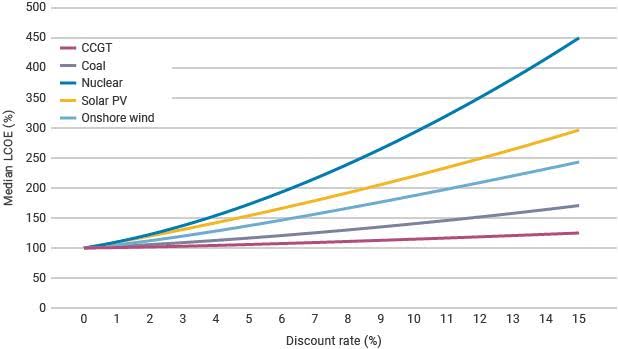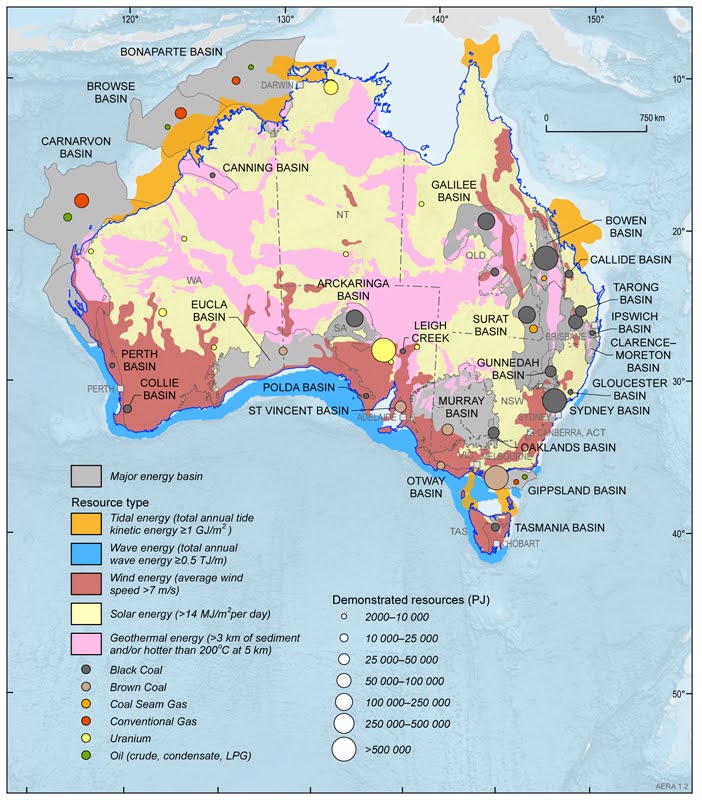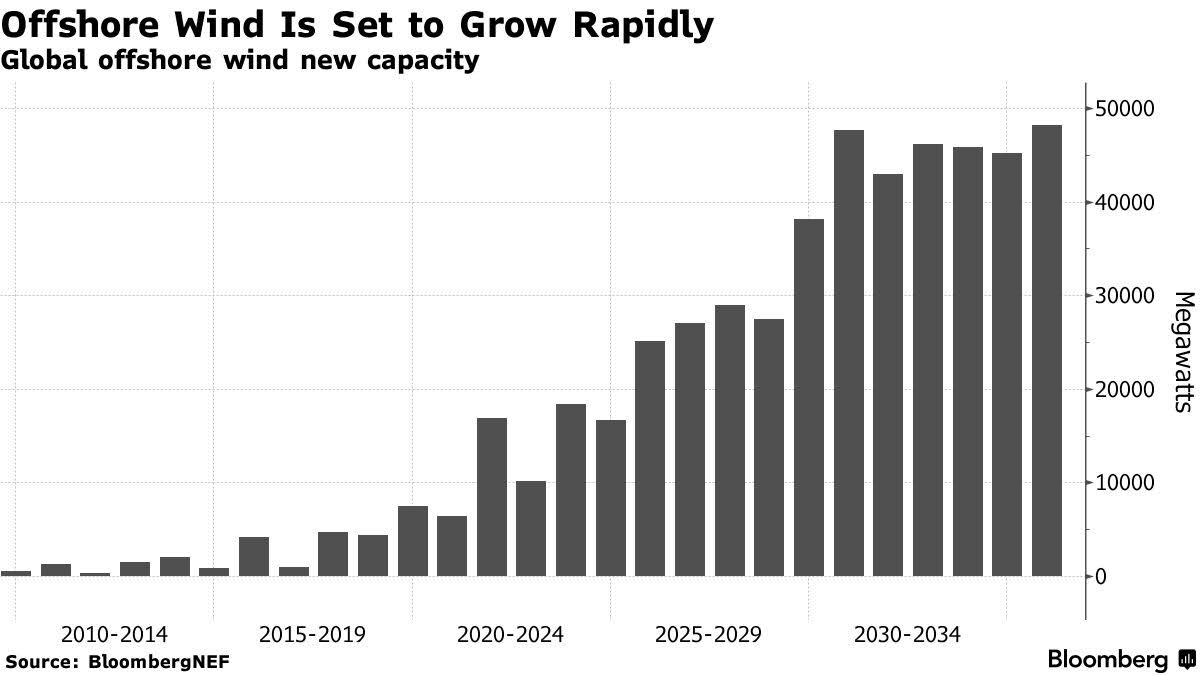Political rhetoric and misconceptions often cloud the debate around energy policy. For developers and investors, it’s crucial to cut through the noise and focus on the commercial realities of energy generation. In this article, Harshal Patel, Technical Director - Energy, brings clarity to the conversation and explores the real-world factors that will drive Australia's energy transition.
Nuclear energy is often touted as a cheaper alternative to renewables, but this claim lacks detailed evidence. The perception of nuclear being cost-effective is largely due to the misconception that it requires less new transmission infrastructure compared to wind and solar. However, this view overlooks the ongoing costs associated with uranium mining, which is necessary to fuel nuclear reactors. While renewable energy sources like wind and solar benefit from free energy resources once established, nuclear energy continuously incurs costs due to uranium mining.
Moreover, even the World Nuclear Association admits that higher interest rates make nuclear power plants the priciest to build, as shown in the graph below. This challenges the idea that nuclear energy is cost-effective, highlighting the financial hurdles of building and maintaining nuclear facilities. According to CSIRO, the cost-effectiveness of nuclear power is highly unlikely until the extremely expensive nuclear power plants, each costing at least 8.5 billion AUD, are built.

Source: World Nuclear Org
Another critical factor is the time required to bring nuclear power stations online. Nuclear projects are notorious for lengthy construction timelines, often taking nearly a decade or more to complete. In contrast, wind and solar projects can be operational within a few years, making them a more immediate solution for energy needs. In fact, the average construction time for nuclear power stations is around 9.4 years, whereas renewable projects typically become operational in one to three years.
Furthermore, the majority of coal power stations in Australia will retire within this decade, warranting swift and reliable alternatives. Nuclear energy presents significant technical, commercial and regulatory challenges that cannot be overcome in time to meet this urgent need. Attempting to rely on nuclear power would risk both energy security and soaring energy prices, as the required infrastructure and expertise do not yet exist domestically.
And, last but not least, Australia currently lacks a domestic nuclear industry, which would necessitate heavy investments in developing the necessary expertise and infrastructure. This development would involve significant costs and delays, further complicating the feasibility of nuclear energy as a cost-effective and timely alternative to renewables. That’s not to say nuclear is not a viable source at all, but in the context of Australia — where we have ample minerals, space for renewable infrastructure and abundant natural resources — we are in a great position to transition our energy sources to cleaner alternatives.

Source: Australian Government, Geoscience
What are the benefits of renewable energy?
Renewable energy is a practical and affordable route to a sustainable future, offering key benefits such as:
Cost-effectiveness
- When paired with storage solutions, renewables are the most economical way to produce electricity.
- According to CSIRO and the Australian Energy Market Operator, solar and wind are the cheapest energy sources, even when accounting for storage costs.
Safety
- Renewable energy sources pose minimal risks compared to nuclear energy.
- They are safe and non-polluting, whereas nuclear energy carries significant disaster potential, as seen in Chernobyl and Fukushima.
Environmental impact
- Renewables are non-polluting and do not have the long-term environmental impacts associated with nuclear disasters.
Deployment speed
- Renewables can be deployed quickly, which makes them a practical solution for meeting immediate energy needs and reducing emissions.
- Faster deployment supports a sustainable and efficient energy transition.
Offshore wind as a key solution
The Federal Government is committed to achieving a 43% reduction in emissions from 2005 levels by 2030 and aims to source 82% of the country's electricity from renewable energy. This marks the most significant overhaul of the National Electricity Market (NEM) since its inception 25 years ago.
Notably, offshore wind farms, benefiting from consistent wind speeds and greater capacity due to economies of scale, have the potential to create between 3,000 and 8,000 high-quality jobs annually for regional coastal communities. This burgeoning industry is poised to attract billions of dollars in investment, significantly contributing to Australia's coastal economies' economic growth and development.
Victoria, in particular, is pushing ahead with ambitious goals for offshore wind: 2 GW (gigawatts) by 2032, 4 GW by 2035 and 9 GW by 2040. Key regions for development include:
- Gippsland, Victoria: 25GW potential
- Hunter Region, NSW: 5.2 GW potential
- Southern Ocean, Victoria: 2.9 GW potential
Additionally, three more zones have been proposed:
- Illawarra, NSW: 4.2 GW potential
- Bass Strait, Tasmania: 28 GW potential
- Indian Ocean, WA: 20 GW potential
Offshore wind boasts a capacity factor of at least 50%, far surpassing the declining efficiency of coal plants. Its strategic advantage lies in its proximity to Australia's east coast population and industry, minimising the need for extensive transmission infrastructure through a coordinated approach. This makes offshore wind a highly efficient and practical choice for driving Australia's clean energy future.

Source: BloombergNEF
Key takeaways
Embracing renewable energy solutions is the smart path to a sustainable and economically viable energy future for Australia. Renewables clearly win in terms of cost, safety and how quickly they can be deployed. The Australian Energy Market Operator estimates the transition will cost $121 billion by 2050, highlighting the significant need and opportunity for investment.
Nuclear projects often come with high costs and long build times, making them less practical. By focusing on wind, solar and storage technologies, we can ensure a reliable and affordable energy supply while also protecting our environment.
Developers and investors need to cut through the noise, concentrate on the real costs and timelines of energy projects and make informed, practical decisions based on evidence. Let’s move past the political debates and focus on solutions that will drive Australia’s energy transition forward.
Stay engaged and help us build a sustainable energy future for Australia. Contact us at Beca to learn more about how we can work together on this important journey.
Sources:
ABC - Nuclear energy cost claims
ABC - Costs associated with uranium mining
ABC - Costs of going nuclear
Climate Council - Nuclear power station lead times
UNSW Sydney - Alternatives to nuclear power
Renew Economy - Energy storage costs
AEMO - Energy transition roadmap
Australian Government Department of Climate Change, Energy, Envionment and Water - Investment in new energy industries
Harshal Patel
Business Director - Renewable Energy